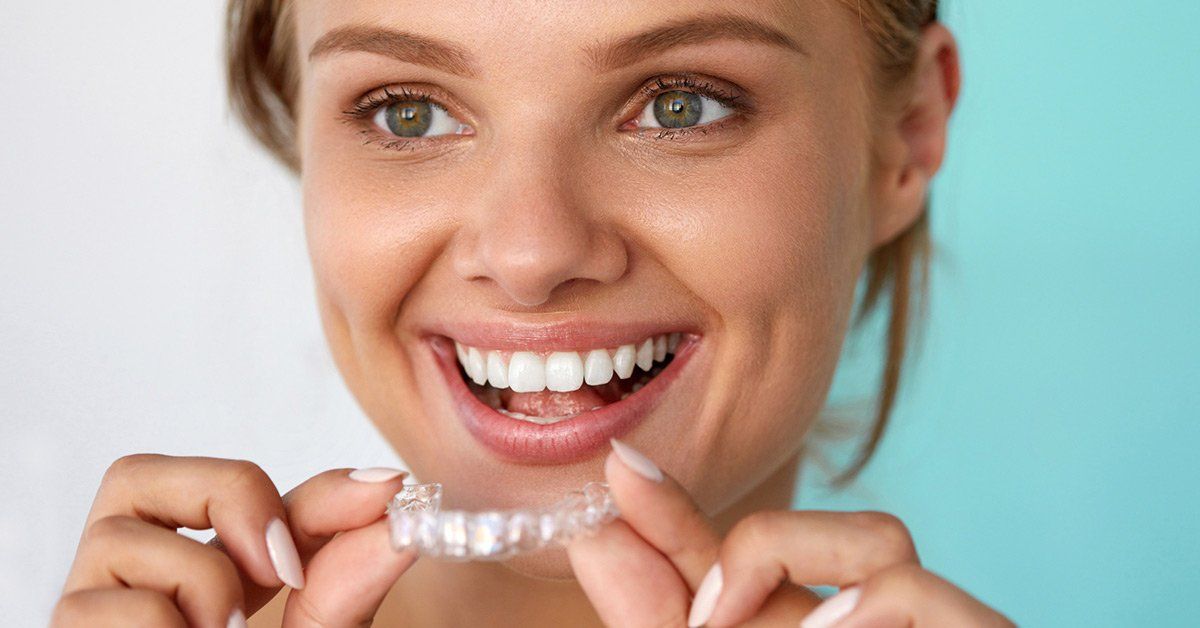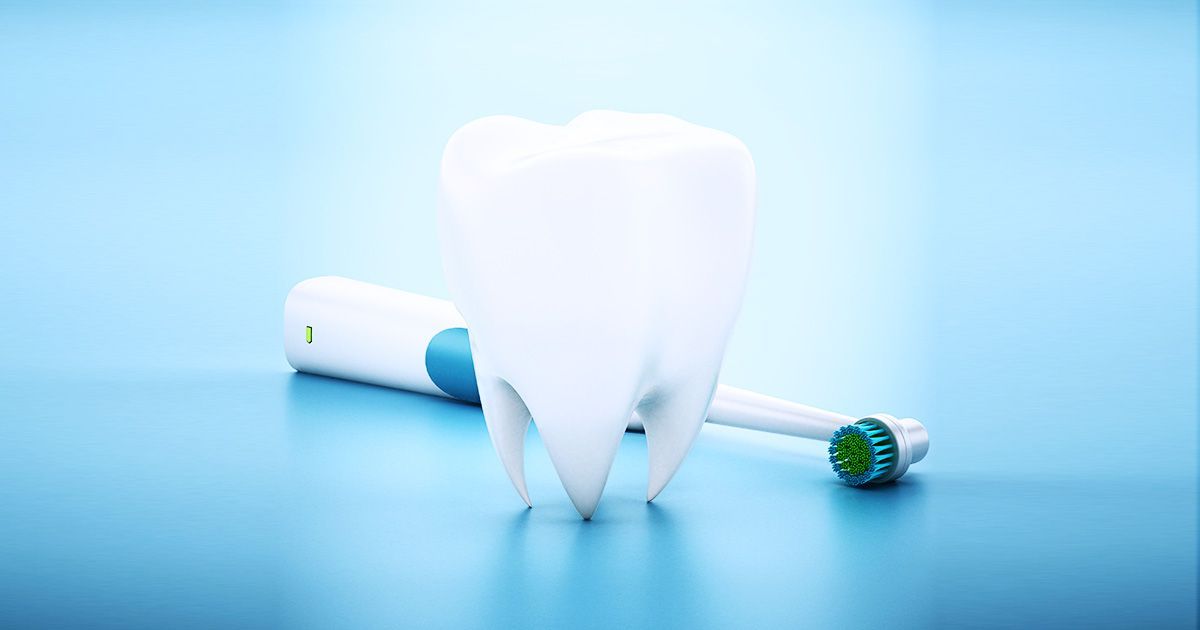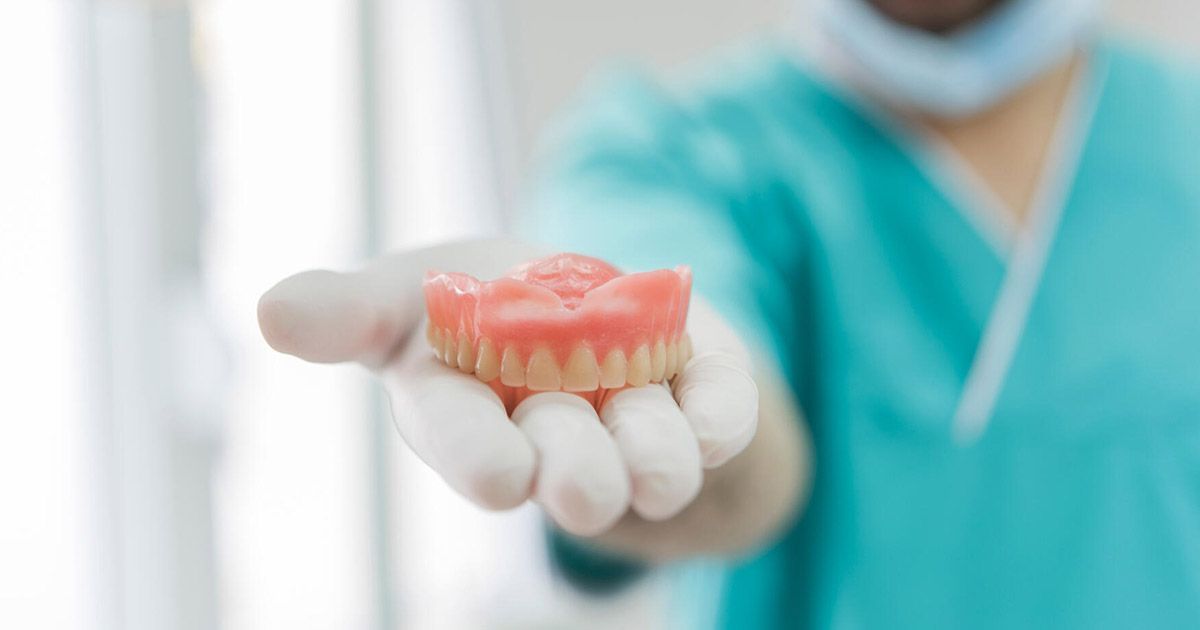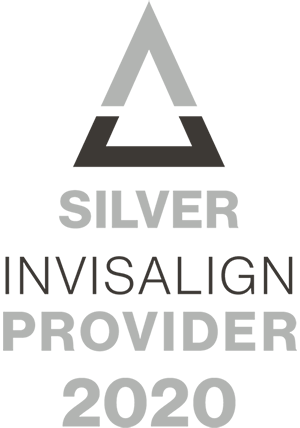Does Invisalign Work? 7 Things to Know Before Invisalign
If you're thinking of getting Invisalign, you probably have a lot of questions. Does Invisalign work? Learn what you should know before you go all in.
There are over 4 million people in the United States who wear braces. However, not everyone wants their orthodontic journey to be so visible and apparent. Invisalign is a great way to get the smile of your dreams without letting the whole world in on the process.
If you're considering Invisalign, you're probably filled with questions. Does Invisalign even work? We're here to let you in on seven things to know before you commit to the process.
1. What Are the Costs and Processes?
Depending on your situation, Invisalign costs will fluctuate. Every person needs a tailored experience since we are all incredibly different. We offer Invisalign starting at $2,999.
When compared to traditional braces, they may be a bit more expensive. This is due to the need for multiple different sets. The Invisalign process goes as follows: You'll first meet with your orthodontist to have a full exam and outline the treatment plan. After you get your first custom set of Invisalign retainers or aligners, you'll come back about every 6-8 weeks for check-ins and to get your next set of aligners.
2. Effective for Your Circumstance?
The question you should be asking is if it will be effective for you? Can anyone get Invisalign?
Most people can benefit from Invisalign. There are certain cases where Invisalign may not be the most effective treatment such as severe malocclusions. This includes underbites, overbites, and cross-bites.
These do not completely rule you out. If you are afraid you may not be eligible, talk to
your orthodontist before making a decision.
3. How Quickly Does It Work?
You're likely to start seeing results within 2-3 months from the start of treatment. Your treatment length will depend on multiple personal factors. The average time that Invisalign is worn is 12 months.
A huge factor when it comes to the time frame depends on your investment in the Invisalign process. It is important that you listen to everything your orthodontist tells you. This includes wearing them enough, cleaning, and lifestyle changes that you need to make.
4. Changes In Your Lifestyle
Invisalign requires a change in many of your routines. The first is that you need to be sure to wear your aligners for at least 22 hours a day. Only take them out to eat and brush your teeth.
Plus, it adds extra steps in cleaning. Be sure to brush your teeth in the morning, at night, and after each meal to avoid cavities and stains. You will also need to clean your aligners but not with toothpaste!
There are new things to avoid in your diet as well. Hot beverages can warp your aligners, making them ineffective. You'll need to limit your snacking too so that you are able to wear your aligners for the length you need to.
5. Invisalign vs Braces
You may also be considering braces. So, what is so special about Invisalign in comparison to braces.
Time
Firstly, it is often quicker. Braces are usually worn for about 18 months. This is quite a bit longer compared to the average of 12 months with Invisalign.
Discrete
The most obvious benefit of Invisalign is the discrete nature. Braces can be clunky and unsightly. Remember that wedding you are supposed to be in? You won't be the one with braces when you choose Invisalign.
You can also remove your aligners at any time. Even though you could not be going long periods of time without them, you have the option to go without. Braces are fixed appliances that you can not remove on your own.
Comfort
Invisalign is said to be more comfortable than braces. There will still be some discomfort either way you go. The aligners offer a more gentle pressure that won't cause as much stress on your teeth and gums.
The metal can be harsh on your mouth too. Wires can often puncture your gums and jaws. Brackets can wear your skin raw. You will hardly notice Invisalign as it is such a thin fixture.
Diet
As mentioned, you'll need to remove your aligners when eating but that doesn't limit your diet. With braces, there are several things you should avoid eating or are just plain uncomfortable.
Don't worry about cutting out corn on the cob, apples, and more! As long as you are flossing and keeping it clean you'll be good to go with Invisalign.
6. Additional Attachments
Each person may require different treatment plans. That means that the clear aligners that come along with Invisalign might not be your only appliance. Other attachments may be necessary to complete your treatment while achieving the best results.
These additional attachments include rubber bands, brackets, and ridges. The rubber bands are used in a similar way as traditional braces. Brackets are usually tooth-colored to minimize visibility.
7. Retainers
Just like traditional braces retainers will be necessary after you complete your treatment plan. There are fixed and removable retainers. Depending on your situation, our orthodontist will walk you through your options.
It is important that you continue to wear your retainers as instructed. This will help you maintain your results and prevent teeth from moving. If you do not wear your retainers, you may put yourself at risk to need additional treatment.
Does Invisalign Work?
Still wondering does Invisalign work? The answer is dependent on you and your specific situation. Now that you have some answers, talk to your orthodontist about your options.
Contact us today to get help in achieving the smile of your dreams with our Invisalign services!













